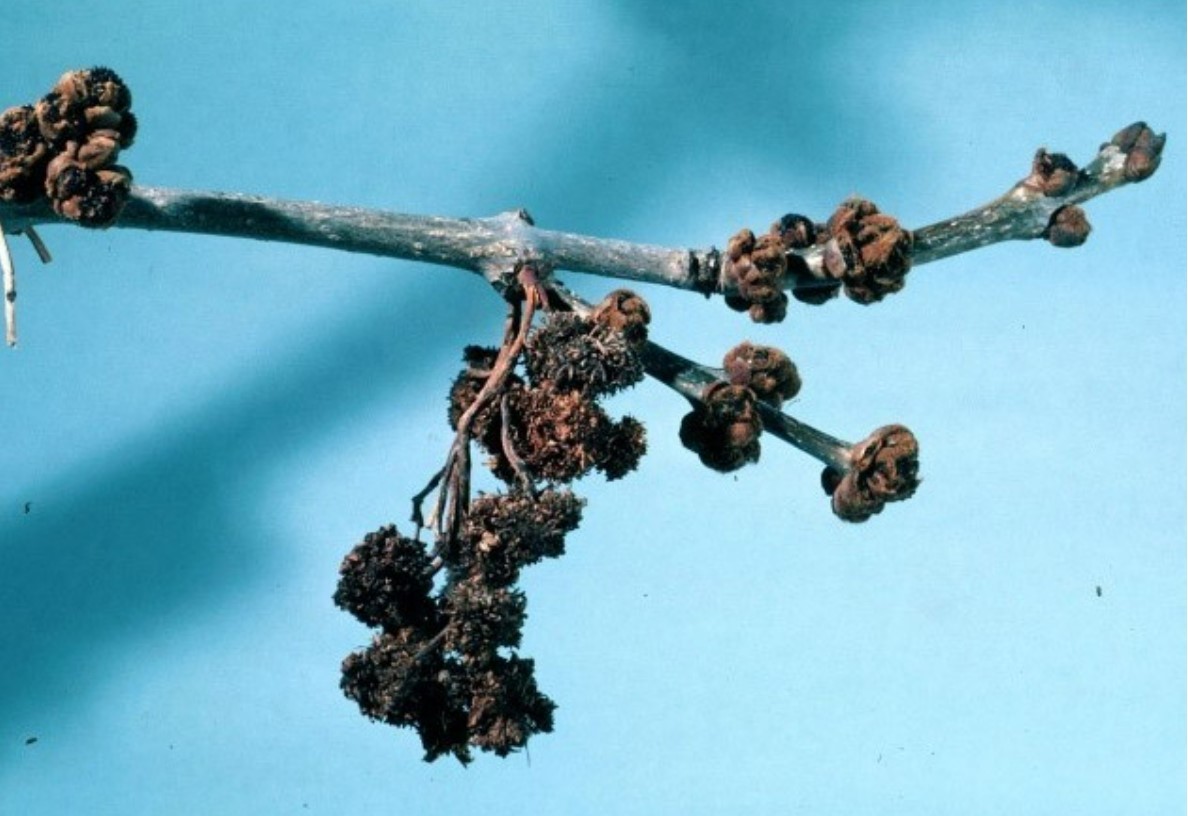Spider mites are tiny arachnids that belong to the Tetranychidae family. They are common pests that feed on a wide range of plants, including houseplants, garden plants, and crops. They are called spider mites because they produce a fine webbing that resembles spider webs.
Spider mites are not spiders, although they belong to the same arachnid class. Spider mites are more closely related to ticks and scorpions than to spiders. Spider mites have eight legs, just like spiders, which is one of the characteristics that classifies them as arachnids. Insects, unlike spider mites and spiders, have six legs, which is one of the characteristics that distinguishes them from other arthropods.
Spider mites are typically less than 1 millimeter in size and can be difficult to see with the naked eye. They have oval-shaped bodies and eight legs, and they come in a variety of colors, including red, brown, yellow, and green.
Sign and Symptoms
Persistent, brown or blackish, cankerous masses on certain ash trees (Fraxinus species) are often the result of ash flower gall mites attacking the male (staminate) flowers. Most ash trees are dioecious, which means that a single tree will contain either male (staminate) flowers or female (pistillate) flowers. Ash flower gall mites infest the male trees as the flowers develop in the spring.
These tiny mites, more closely related to spiders than other insects, feed on the blooms, and their salivary secretions affect the tree’s hormone production, resulting in the formation of galls. These galls are large, blackened, abnormal masses that can persist on trees for over a year and are unsightly.
While flower gall mites do not appear to affect the health and vigor of infested trees significantly, in some extreme cases, when combined with other environmental stress situations, the ash tree may suffer or die. The major concern with the gall masses is the unsightly appearance they impart to boulevards or yards.
Prevention
Plant selection
- Plant only female ash.
- Plant a mix of tree species.
Control - What you need an arborist to do
Spraying
- Dormant oil sprays seem to be an effective control for trees that are already established. The dormant oil should be applied in early spring, as the buds are expanding, and before the tree’s leaves fully expand.
Pruning
- Once galls have been formed, some measure of control and reduction of the unsightliness can be achieved by pruning and destroying the affected masses as soon as possible after the infection. This type of pruning is most feasible where only one or a few smaller trees are affected, but is rarely feasible on a large scale.


Tree Health Issues
Wondering about costs?

